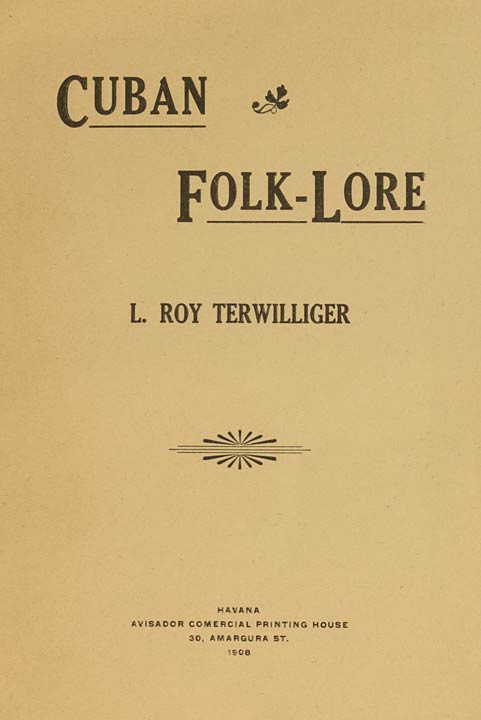
Superstition and Witchcraft in Cuba
Nowhere will one find such a mass of superstitiouscustoms practiced, as in Cuba; especially among the black and mestizos, and even the educated whites, while not admittingtheir belief in witchcraft have a wholesome fear of the Brujo or witch doctor.
It is probable that most of these queer practices wereintroduced by the blacks who brought their strange beliefs from Africa.The belief in the Evil Spirit was doubtless the result of theirearly contact with the aboriginal Cubans, who worshipped the devil.
Ñañiguismo is a form ofsuperstition in which Catholicism and witchcraft are mingled inbewildering confusion.
The society of Ñáñigos was first introduced in Cuba in1836 by a cabildo of the Carabalí nation; many conjectures as to its origin havebeen put forward, but it is most probable that a priest or Chief of theAfrican institution called Ñanguitua, wasbrought to Cuba as a slave and here resumed his official characteramong his enslaved countrymen.
The first Juego or chapter was foundedin Regla and called the Apapa Epi; it was officiallysanctioned and licensed by the government. [4]
The African order disbelieved in God and the worship ofidols and fetiches prevailed: in fact was one of theprincipal causes of the organization of the society. Brujos or members of the order who were supposed to possesssupernatural powers were consulted in all cases of sickness. Slaveholders claimed that “the gente de nación(imported slaves) refused to be doctored by other means than their ownbrujos and corporal punishment was absolutelynecessary to overcome their stubbornness”.
...

